
We had a chance to interview Susana Marques, a designer who has been using a number of 3D printers to develop functional and attractive fabrics.
This is Part Two of a two-part series. Be sure to read Part One.
In this part Marques discusses the technical nature of her fabric design and production process, finishing on her thoughts on the future for fabric 3D printing. I’m very impressed with her work, as you’ll see in the pictures here, which are only a fraction of what she provided.
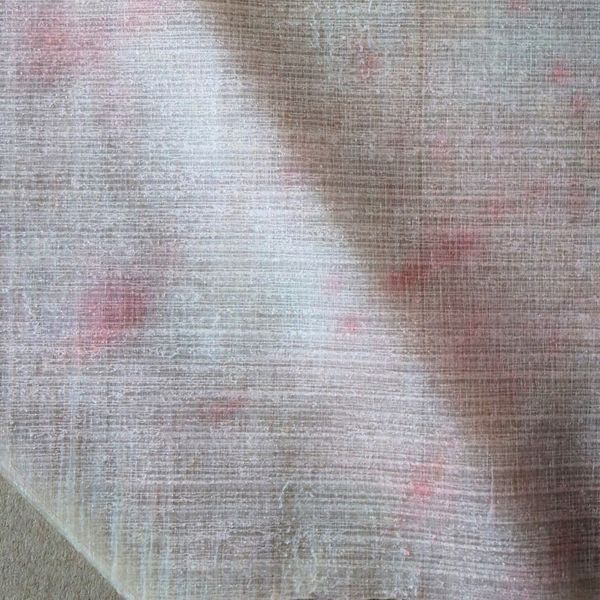
Fabbaloo: Your current project is to 3D print fabrics. I’ve seen several attempts at fabric printing and they usually involve interlocking rigid pieces, like chain-mail. Is that your approach?
Susana Marques: “No, although in the beginning it was one of my first approaches, in fact the first, I quickly changed precisely because of the lack of comfort, and as my entire training has always been in fashion design, taking into account all the practicality that a piece has to have, quickly made me rule out the possibility. I currently work much more with ‘planar design’ And even if I make a kind of mesh, they are always very fine meshes, I even go so far as to create 20 micron (0.02mm) membranes and the thicker fabrics, from my point of view not they can in no way pass the 2000 microns. 5mm for a fabric starts to be a block and loses all sense of application in clothing.”
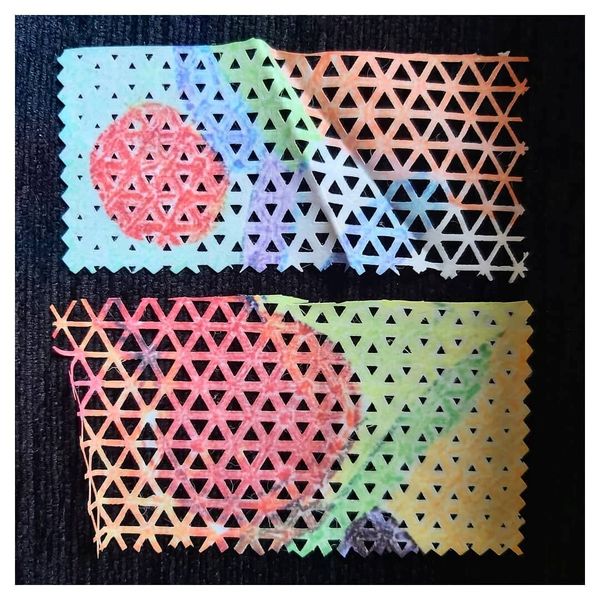
Fabbaloo: Why does your fabric approach work? What is technically different from other approaches?
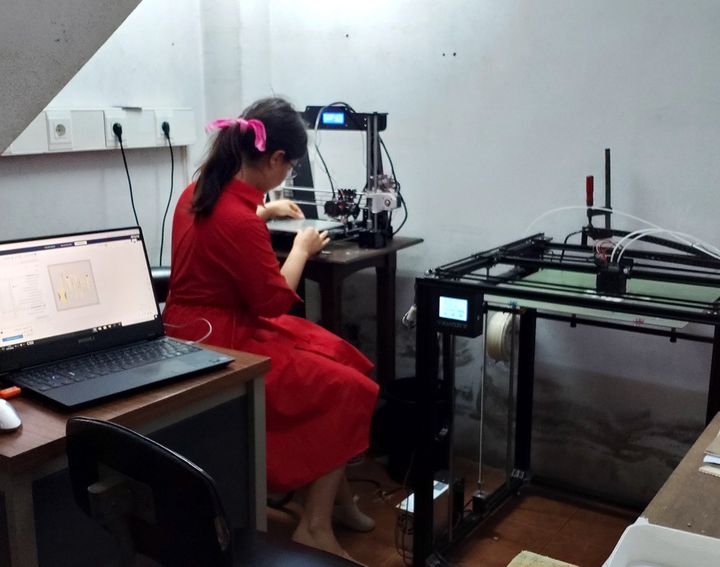
Susana Marques: “I don’t want to be saying in any way that I discovered gunpowder, however at the time I started creating my structures, I’ve never met absolutely anyone doing the same type and yet, since I opened my social accounts and started sharing the images of my fabrics, there were a lot of designers publishing the same structures and trying to reproduce my work. Which is quite normal given that I myself at the beginning of all the work was inspired and based on research that other designers and researchers had already done.
Again I think that my lack of knowledge in the area of 3D printing and technology turned out to be an asset to me, because it led me to look for and find very simple methods that from my point of view. When I talk to professionals in the field of printing, the options that I ended up discovering are absurdly ridiculous, however I just went on one side and tried things that people had not tried before, the tools were there. I am not a genius (very far from that), I am simply very curious and educated in the concept of ‘make it work!’. The lack of fashion designers also embarking on this path, at that time made it very easy to do something new, and as everyone ended up working with engineers, they followed the engineering path a lot. I am a pure fashion designer who, having many difficulties with the technological part, always had to find a simpler way, avoiding as much as possible the 3D modeling software that makes my head in a knot, and that allowed me to make wearable clothes. And that had to be done practically with zero resources (like a black spool of Filaflex and an ANET A8).”
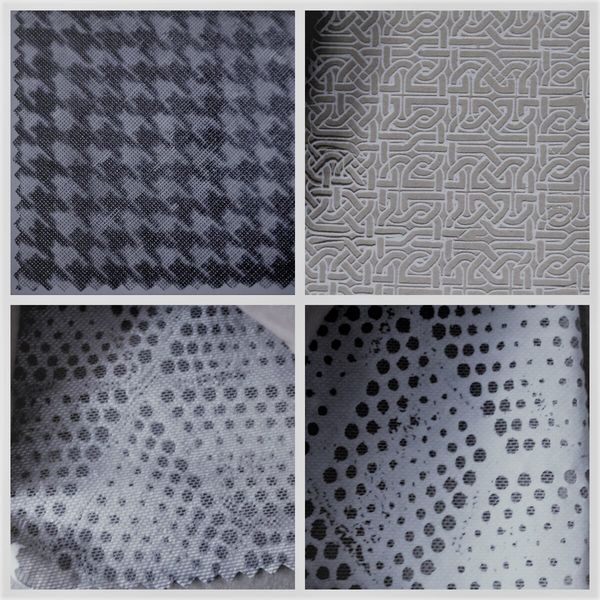
Fabbaloo: How do you design the fabric samples? Is there a special CAD tool or technique required?
Susana Marques: “In fact I use very simple tools, as I mentioned earlier. I make my fabrics, but I do it with tools mostly, sometimes I use Blender and SketchUp or other software, but mostly using Adobe Photoshop and Illustrator. I also venture into IceSL (a slicer) and start playing with some more complex things, but I’m a fan of Ultimaker Cura. This is the moment that I tell designers to sign up for my course, so that I can buy more filaments and parts for the printer, and they learn the huge world of shortcuts that I created for laymen in tech can rock.”
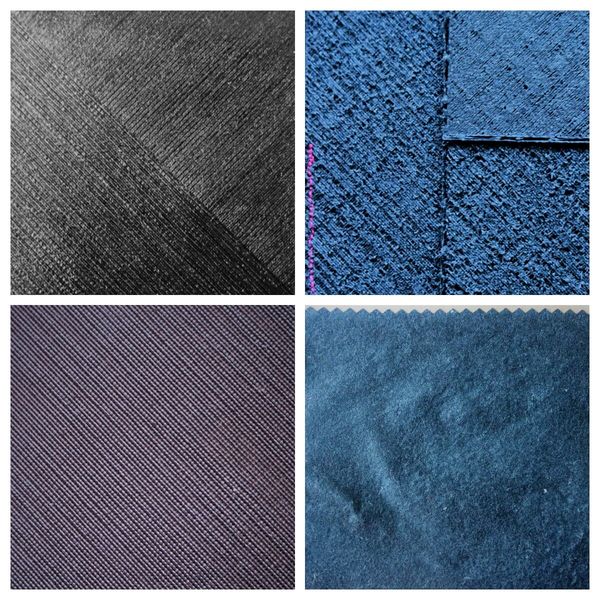
Fabbaloo: What 3D printing equipment do you use to produce your fabrics? What style of 3D printing process is required?
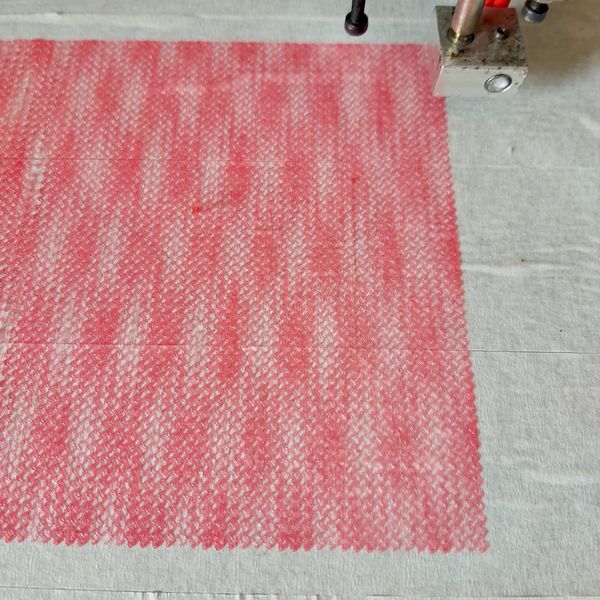
Susana Marques: “Both FFF, I would love to try other techniques, but I haven’t had a chance yet. I have my old friend ANET A8 that I’ve burned down a few times, and I’ve assembled and disassembled hundreds of times. And now I managed to acquire a Tronxy x5 with two extruders, which were Bowden. But soon I had to do some crazy things and make a direct extruder because with such flexible filaments it was impossible with the Bowdens. Whenever I make these changes and repairs, based on ‘I read in forums, I think it will work, I will make it’ and when I connect the printers I think ‘thank God it turns on, the second step is to see if it works!’.
My work methodology for not having someone to teach me and work with me is very experimental and observational: 90% mistakes and some incredible things that leave me dreaming, but the day-to-day in the studio is very much based on burns, crying, sweat, tears and blood (laughs)”
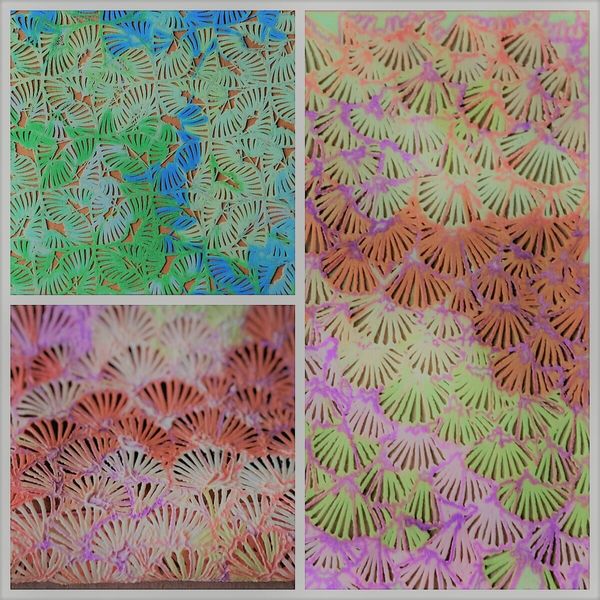
Fabbaloo: How big a fabric can you make? Is it possible to join segments together to form a larger fabric?
Susana Marques: “I love this question. I can make about 50cm X 50cm with my Tronxy. However, I can add as much as I want, forgetting glues and all the methods I’ve heard. I started from the beginning to join through heat, with a welding machine, the fusion is so good that the resistance of the seams is as if we had printed everything together, and when done well these joints can be almost imperceptible.”
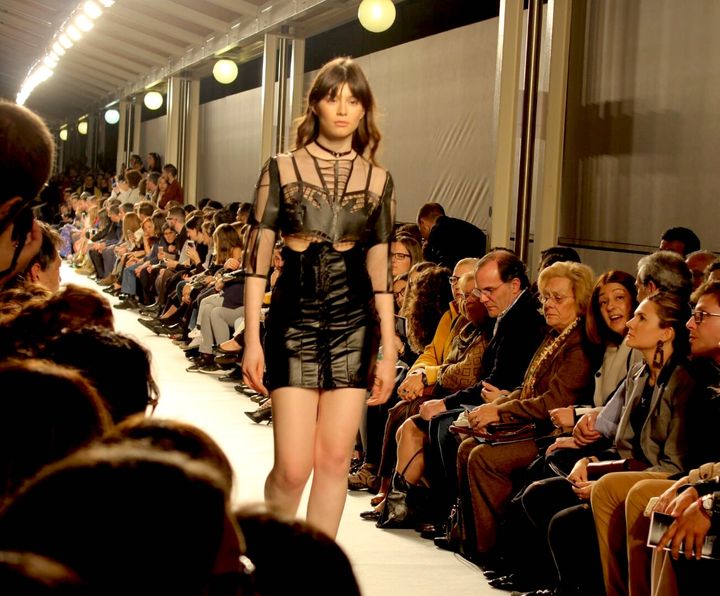
Fabbaloo: Have you been able to produce a complete and wearable item made from this fabric technique? Have you exhibited these samples publicly?
Susana Marques: “Totally. I can make any garment nowadays with these fabrics, I have a catalog of several samples and I am always experimenting more. Creating fabrics and manipulations such as pleats, prints, double-sided, jacquard, knits, patterns, pied-poule, among others, the most elastic printed fabrics we have ever seen and soft, as well as fur!
Those first two pieces I mentioned of the PLA dress and the Filaflex sweater were complete. Currently I am about to make a jumpsuit for yoga, so that people realize the real flexibility and comfort of the fabrics that I am already able to print. However, a breakdown in the printers and the lack of money for the material did me to postpone this work for the last 4 months. I have printed bags but they don’t fascinate me as much as clothing, I have a collection of eight amazing coordinates in preparation, very close to ready to print but I have yet to figure out how to finance the amount of filament needed and materials.”
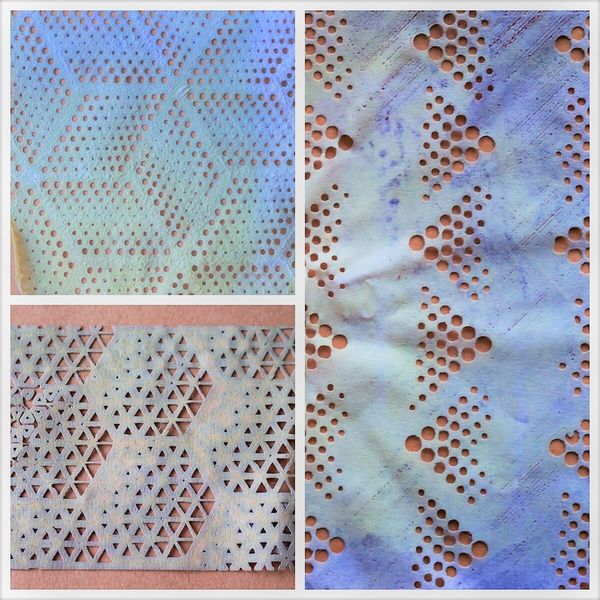
Fabbaloo: Is your approach something anyone could do? How would you suggest someone get started making this type of fabric?
Susana Marques: “It is precisely that, something that anyone with very little knowledge can learn without being frightened by 3D modeling programs and facing an end of the world to produce a fabric sample. To get started you should follow my page and take my course, and we are ready to launch a lot of fashion designers to produce clothes in 3D (laughs)”
Fabbaloo: Do you sell samples? Where can we find out more about your work with 3D printed fabric?
Susana Marques: “Again, I’m always very limited in everything. Until now, I practically only had an Instagram account. I would like to publish more scientific articles about my work, I already have them written and I could help many researchers to move forward, but it is all about payments that I cannot support. For the price of a publication I could have 10 ANETs. I am opening the site and trying to publish there to have something more credible than a social network account. I also already have something on LinkedIn and Pinterest.”
Fabbaloo: What will your next steps be?
Susana Marques: “It’s all very relative, I have drafts to launch a book on 3D printed fashion; I have a project for a 3D printer aimed at meeting specificities of textile production; another project to print bioplastics and reproduce my previous results, now with bioplastics; a series of filaments to be used in clothing, I would like to open a store to sell 100% 3D printed pieces and start building the wardrobe of the future, experimenting with other technologies for the production of textiles such as SLA, ACEO, and I am obsessed with printing of fur in 3D due to the technical challenge it represents.
There are so many new structures and theories that I want to apply and try and yet I keep my hands and feet tied up fighting to take something forward. Within 3 months, when the scholarship with which I am supporting myself ends, which consists of a value even lower than the minimum wage, if no opportunity arises, if I continue without getting any business angel, or investor, I will have to get into some common fashion designer position, work in the textile industry or any other job I can and give up my PhD.”
This is Part Two of a two-part series. Be sure to read Part One.
Via Susana Marques
